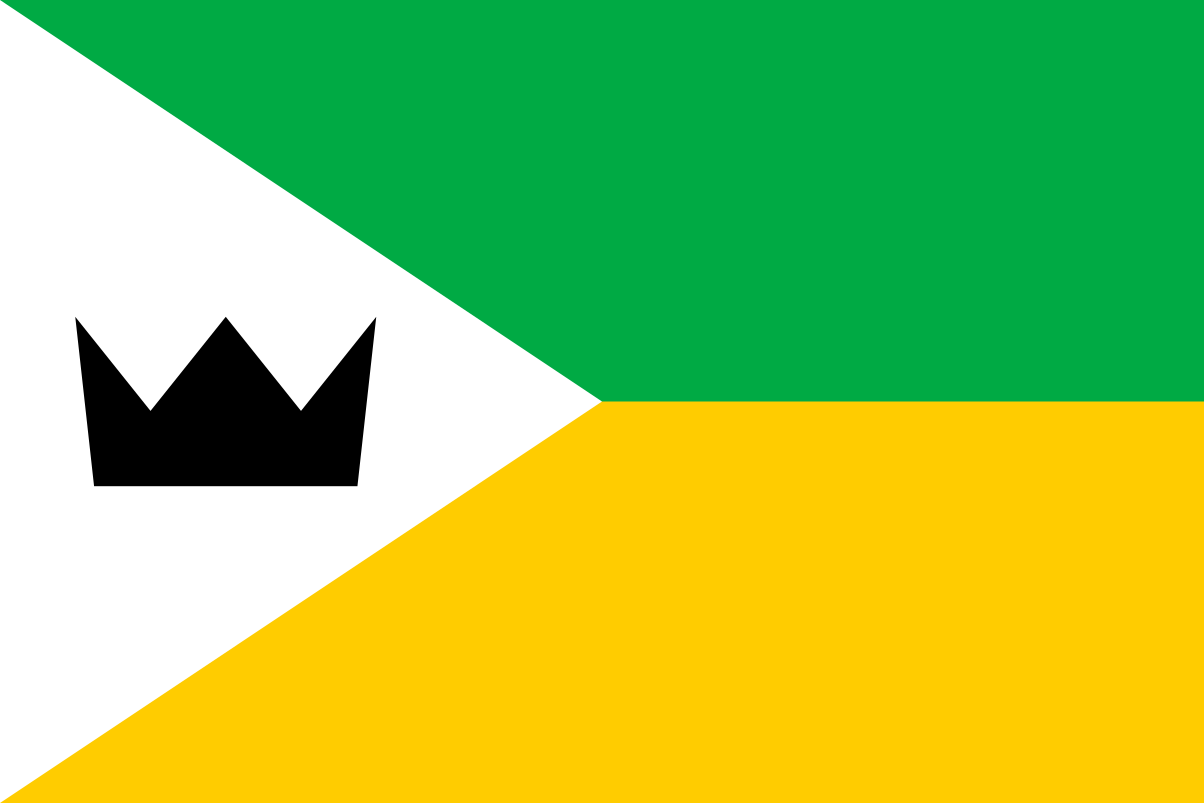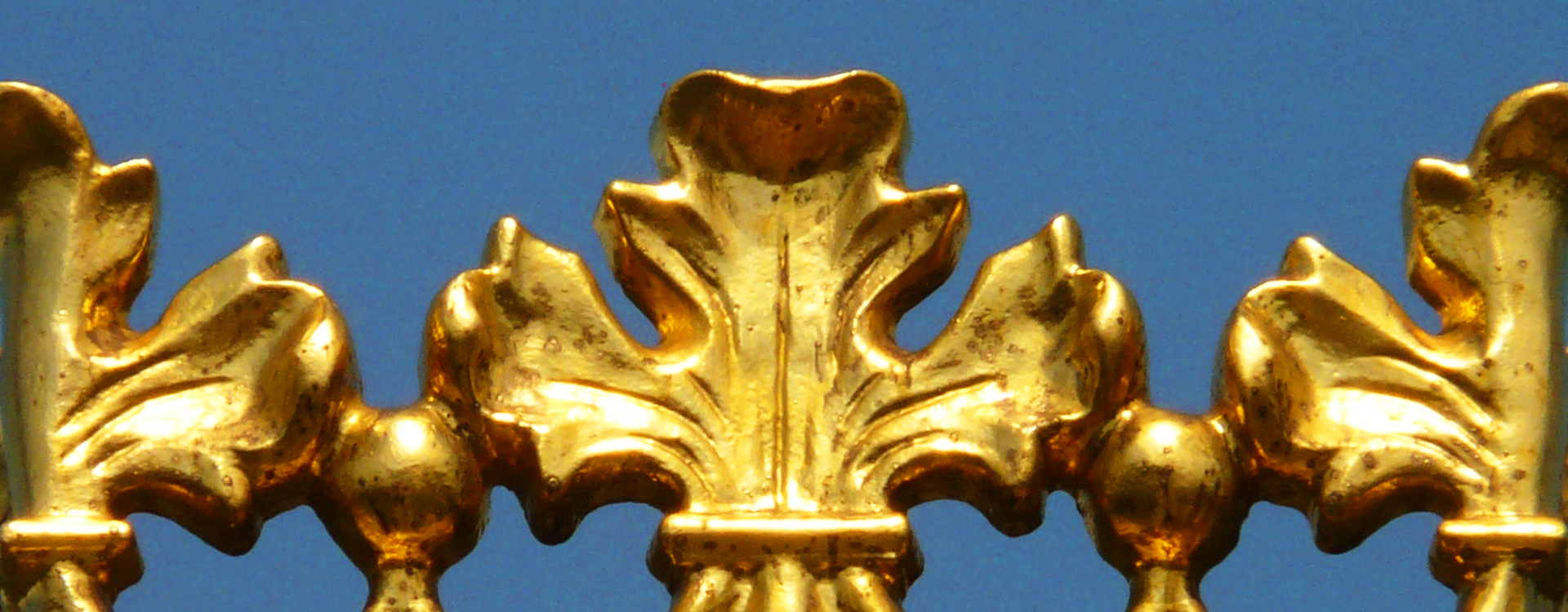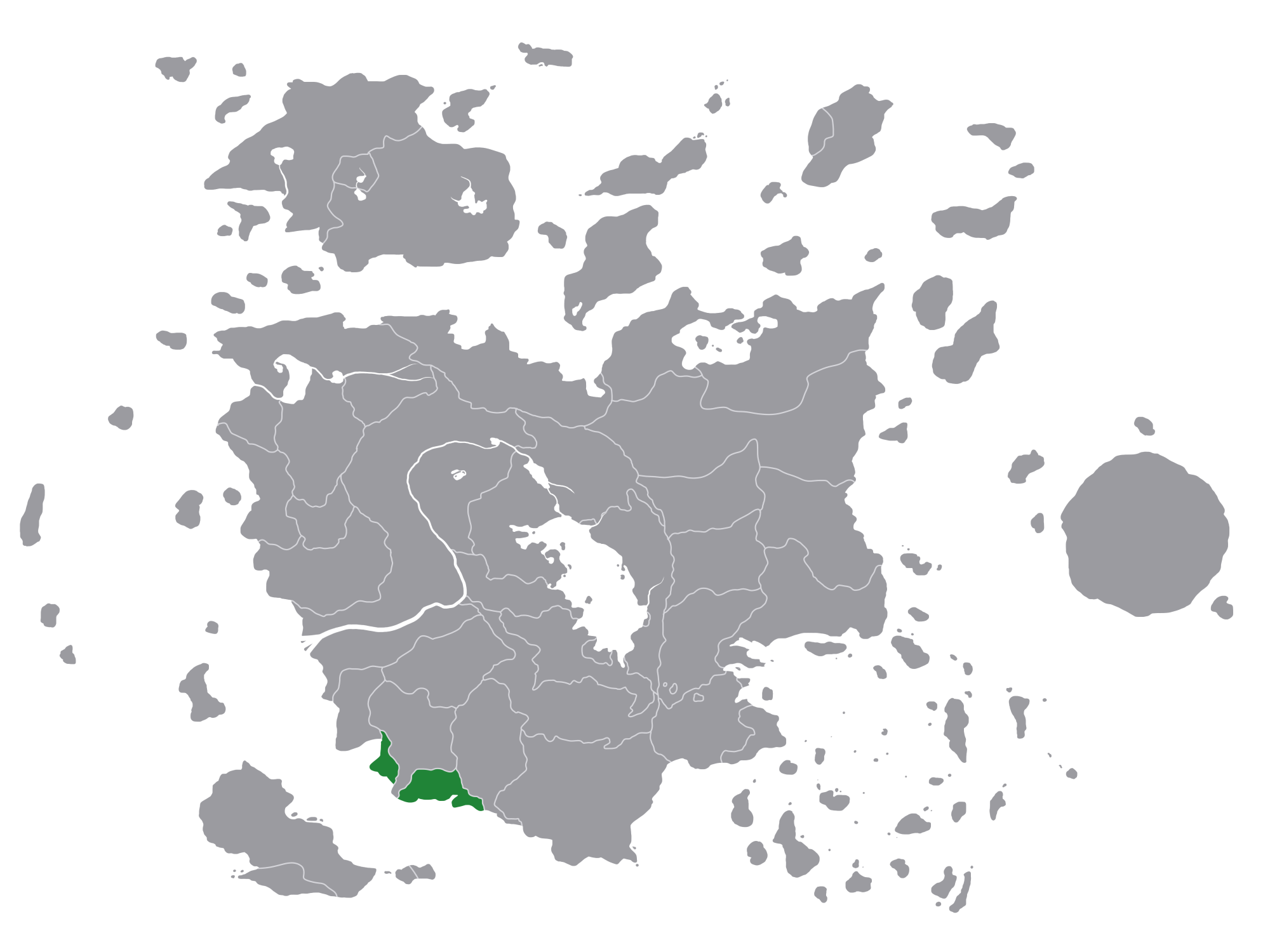Äshrrowädh
For the crime of joining in a personal union with our neighbours, our nation has been split in two by those selfsame allies and we have to cower. I'd hardly be surprised if each half goes its own way at some point, especially if Chäladom blocks us off.Äshrrowädh, officially the Kingdom of Äshrrowädh, is a constitutional monarchy located on the southern coasts of Thurásin. Formerly in a union with Sambogen and Chäladom, it is now split in half by the latter, and exists in a very precarious state.
History
The region that would become Äshrrowädh was a collection of miscellaneous city states and kingdoms long ago, but these were all conquered by the Urisoril Empire in approximately 6 Conquest. While under imperial control, these groups were bundled together into the loose province of Káthhisin, and they slowly developed a shared sense of belonging. As such, when the empire began to collapse, Káthhisin rebelled as a single entity and took back control. Once the empire was forced to retreat, Káthhisin declared its independence as the Kingdom of Äshrrowädh, and chose as its first queen one of the soldiers who had fought valiantly for their freedom. She set about establishing strong ties with the other nations who gained their freedom from the empire, particularly with the neighbouring Chäladom. Äshrrowädh experienced many centuries of relative peace, forging strong alliances and keeping its territory safe. One gripe which came up frequently was their very limited access to the coast, only having two settlements there. Some minor skirmishes were fought in the hopes of expanding this reach, but these were either unsuccessful or only lasted a few years before being reclaimed. This peace came to an end, as it did for many countries in the south, with the outbreak of the Central War between Ozäxa-Lavüdh and Zdärrözadh. An initially petty conflict over succession, it soon grew to expand large amounts of the central and south of the continent, and Äshrrowädh sided with Zdärrözadh in this war. When that country all but split into two factions, one led by a prominent general and another led by one of the claimants to the throne, Äshrrowädh stayed committed to the royalty. At war's end, with the signing of the Treaty of Üniyodh, the rival prince became the king of Sambogen, and Äshrrowädh committed fully to a strong alliance with the new kingdom. Such was Äshrrowädh's loyalty to the rival prince that, within 40 years of the war's end, three countries found themselves joined in personal union under Queen Jii-en I of Sambogen. Äshrrowädh remained an independent country for the next century despite the shared ruler, but this state changed in 32 Collision when Xauvis IV reformed the trio into the United Kingdom of Sambogen, Äshrrowädh and Chäladom. The country borders were dissolved in favour of smaller administrative divisions, and all answered to the king. This was met with a mixed reception by many in what was now formerly Äshrrowädh, but efforts were made to make the best of the new circumstances. Despite efforts, divides formed within the united kingdom. This came to a head in 25 Growth, when a dispute over the preferential treatment of the Sambogen east escalated into 6 years of civil war. The districts the formerly comprised Äshrrowädh and Chäladom combined forces to secede from the union, forming a separate union succinctly titled Äshrrowädh-Chäladom. This new kingdom styled itself as a successor to all three of Sambogen's constituent states, and its "first" leader claimed direct descent from all. Äshrrowädh-Chäladom were united in their distaste for the Sambogen monarchy of their past, but were less concretely united in other ways. Bickering began soon after the death of their first monarch, especially as issues arose over how the kingdom was internally divided. Instead of following the pre-Sambogen borders, administrative boundaries followed Sambogen's system, and were rife with the same problems. Particular debate grew over which districts belonged to which 'country', and this soon led into a desire for each district to cast a vote on a matter. When this request was refused by Aiken III, some of the northern sectors rose in revolt. This conflict lasted 5 years, and ended with a complex mess of districts seceding to refound Chäladom. What remained of the monarchy renamed itself to just Äshrrowädh, and struggled to pick up the pieces. This became especially difficult when the death of Aiken III just after the war's end resulted in a Sambogayo princess becoming their queen, with the threat of another personal union looming. While they were able to negotiate for the new Vairra IV to abdicate any claim to Sambogen's throne, the issue of Äshrrowädh being physically split down the middle by Chäladom remained. When the later War of Yiindab Cape drew the bitter neighbours into its fold, and threatened the fragile peace, Äshrrowädh was forced to devote all its military might to defending its borders instead of helping its ally in the conflict. While no grudge was held over their lack of assistance, the war put into sharp relief the growing divide between Äshrrowädh's east and west, and fears grew that the west might secede. To prevent this, King Aiken IV instituted the country's first constitution in 26 Return and formed its first democratically elected parliament, with the hopes of making sure east and west were equally heard. This has not gone universally smoothly, as the population difference between each portion of the kingdom has led some to protest the fact a smaller number of citizens has more say proportionally, but Äshrrowädh has so far remained united.Structure
Äshrrowädh is a constitutional monarchy, with a sovereign as head of state and a prime minister as head of government. The government consists of a single house with 150 representatives, 75 from each half of the country. In the event of a tie, the monarch will cast the tie breaker vote. Otherwise, they are not allowed to overrule the decisions of parliament, and must abide by the laws that are passed. The monarch is still the ultimate authority on any matter not adjudicated by government, and is the head of the army.
Founding Date
47 Collapse 935 Years Ago
32 Collision 393 Years Ago, United Kingdom
31 Growth 177 Years Ago, Split from Chäladom
32 Collision 393 Years Ago, United Kingdom
31 Growth 177 Years Ago, Split from Chäladom
Type
Geopolitical, Kingdom
Demonym
Äshrrowäyo
Government System
Monarchy, Constitutional
Official Languages
Related Ethnicities
Re-Union
Despite the less than pleasant circumstances under which Äshrrowädh and Sambogen split, that they would absolutely never enter into personal union again was not a foregone conclusion. After all, Princess Vairra was so well liked within Äshrrowädh that they were able to convince her to renounce her Sambogen birthright, a situation which had taken long discussions with her aging father. But as negotiations continued, Äshrrowädh felt it could not guarantee its sovereignty if it shared any facet of its governance with Sambogen. Considering one of its halves directly borders the former ally, their concerns were not unfounded. And so Vairra only ascended in Äshrrowädh, leaving the throne to her younger brother. Some worry this is only a delay of inevitable change within the monarchy, especially as the number of monarchies slowly dwindles. It is highly likely Sambogen and Äshrrowädh will find themselves again faced with the possibility of personal union under a single monarch, and if things do not improve, they may well take that option.
Gold Crown by Hans





Comments